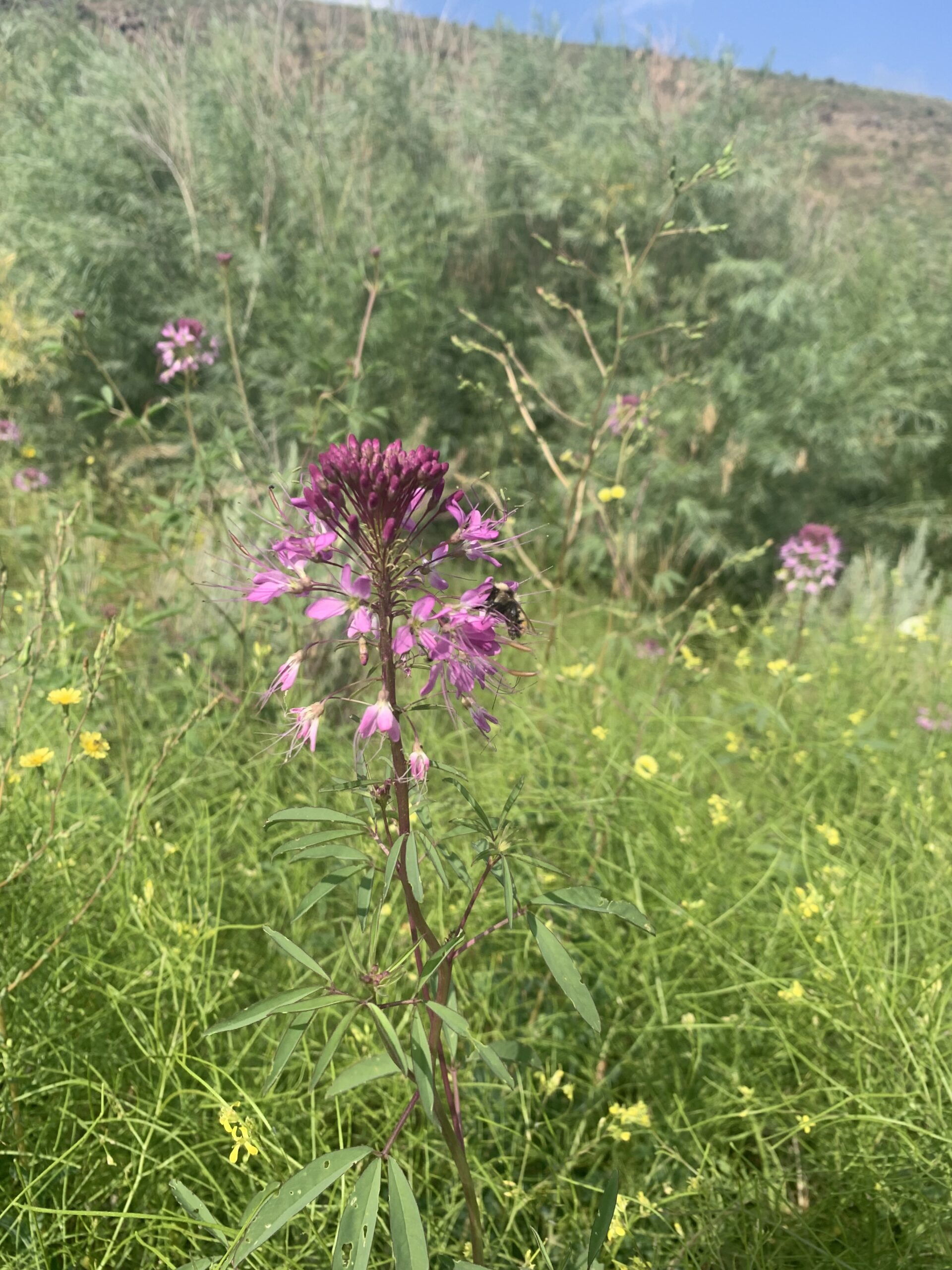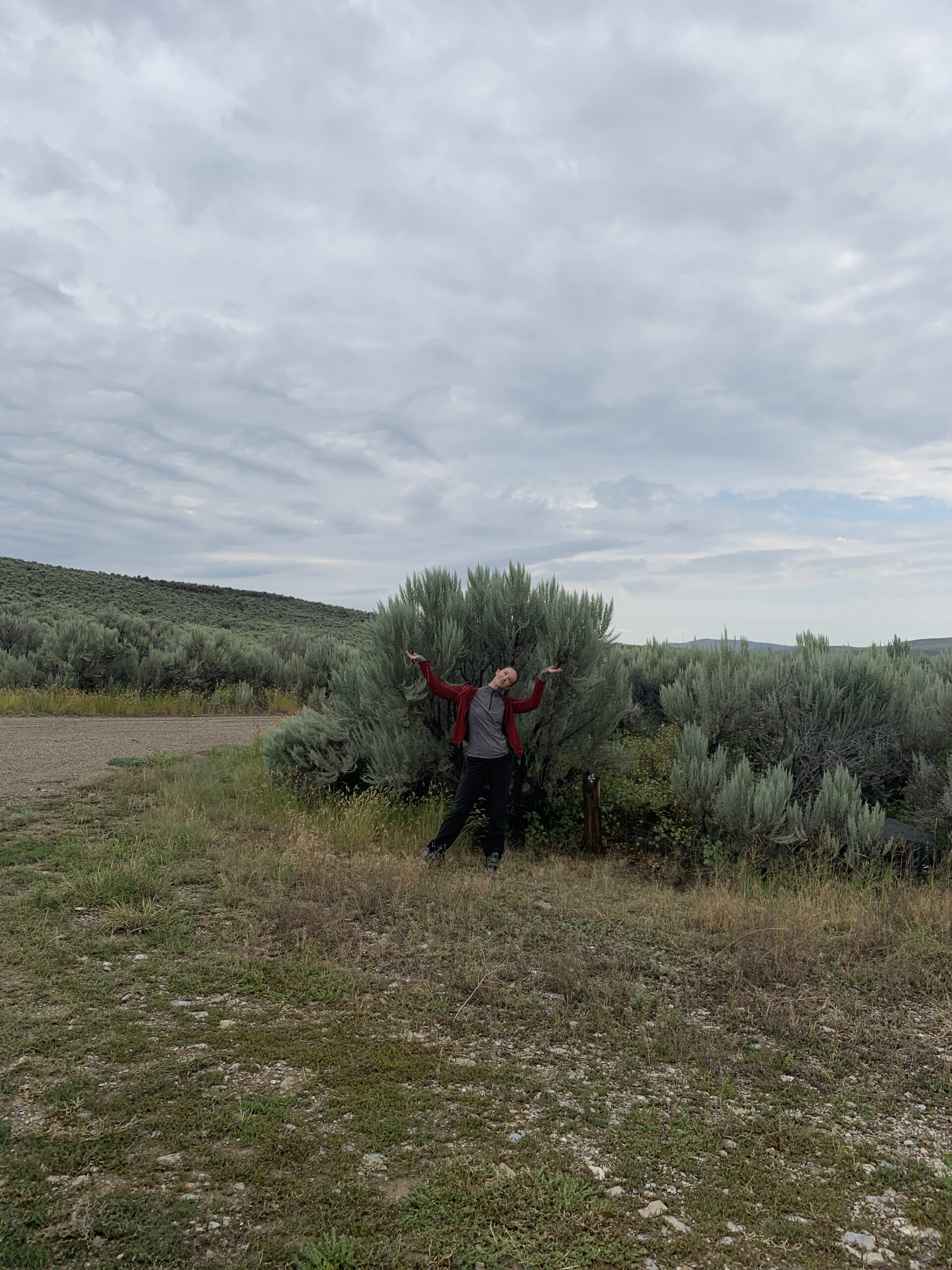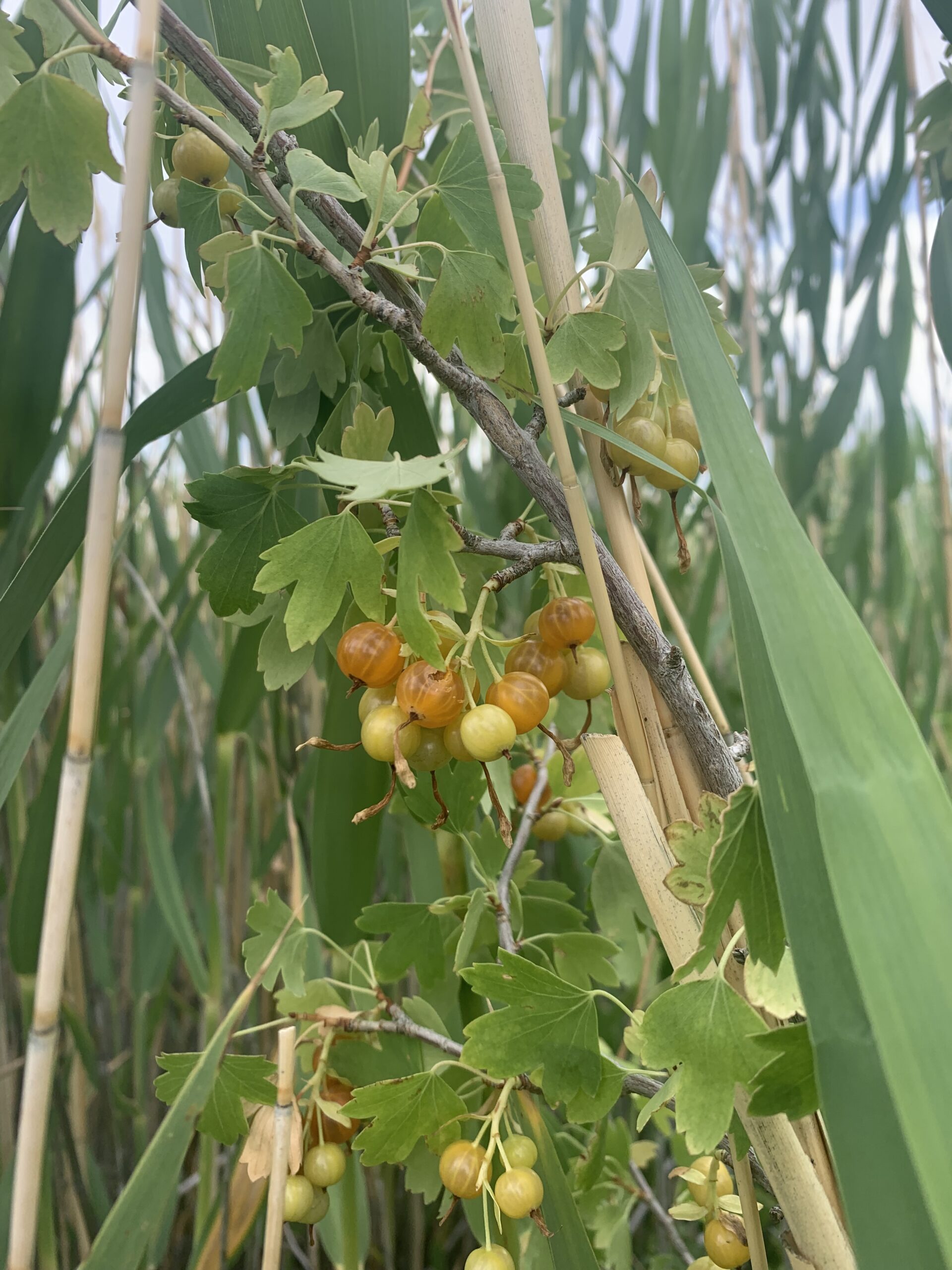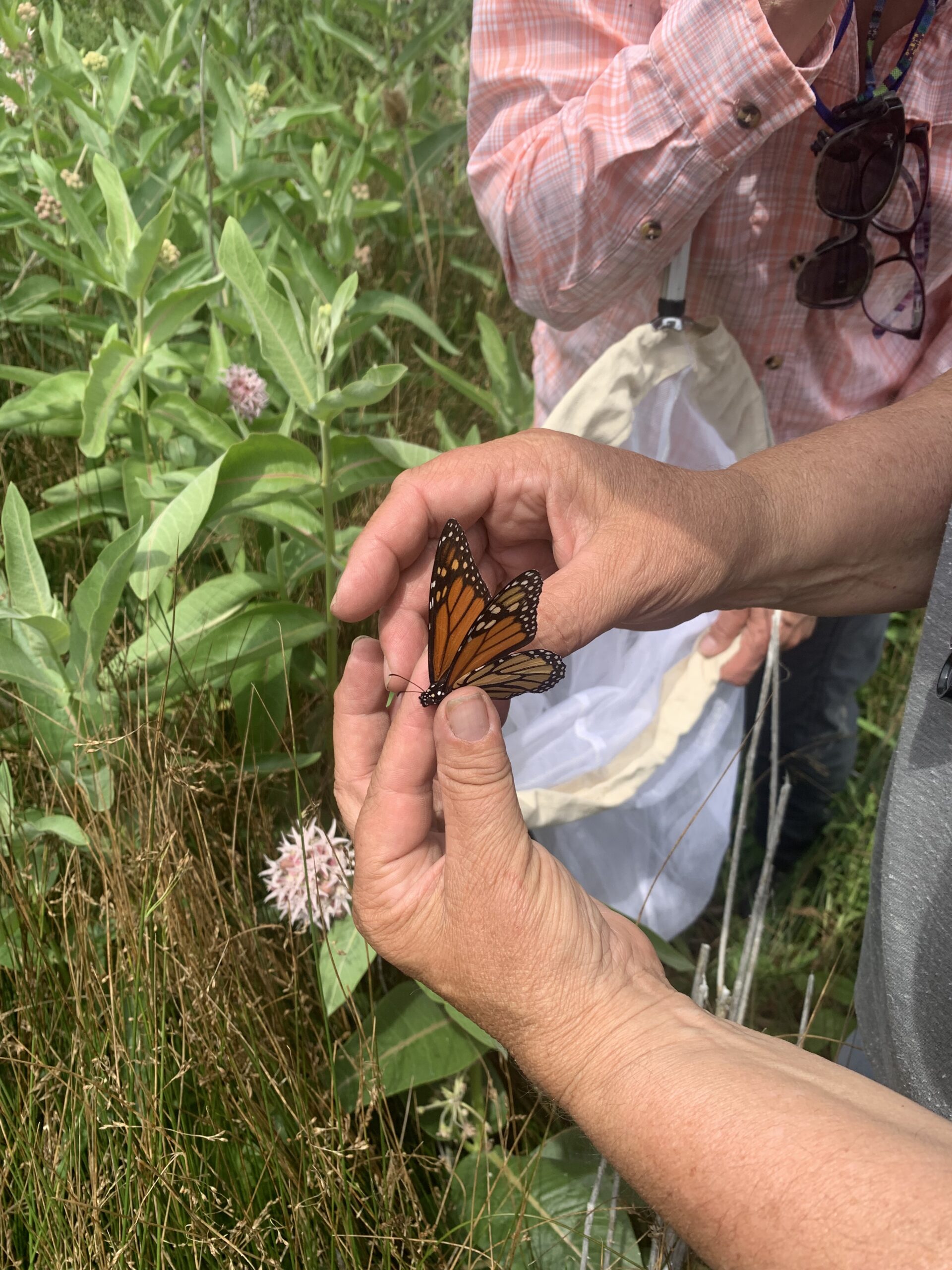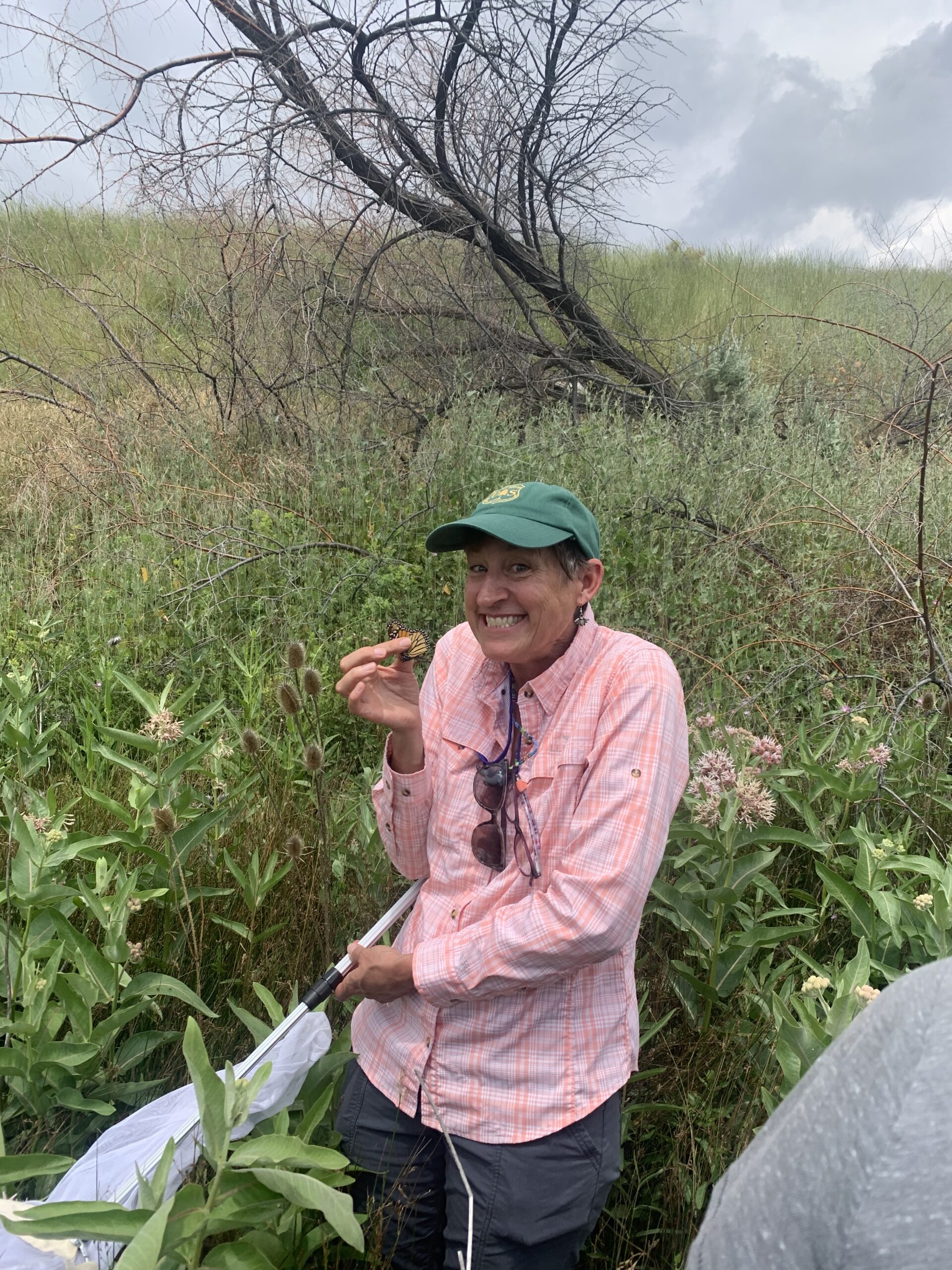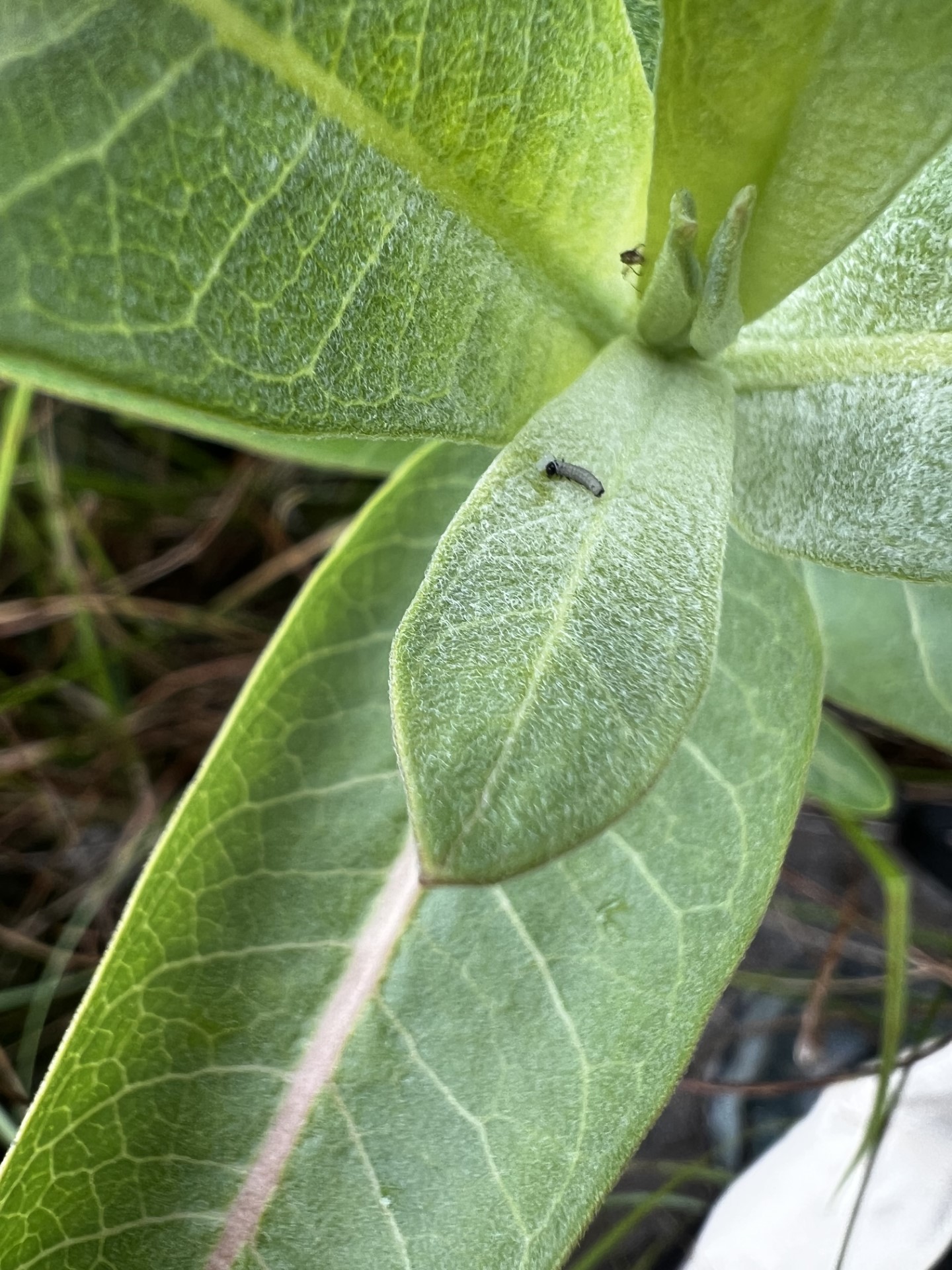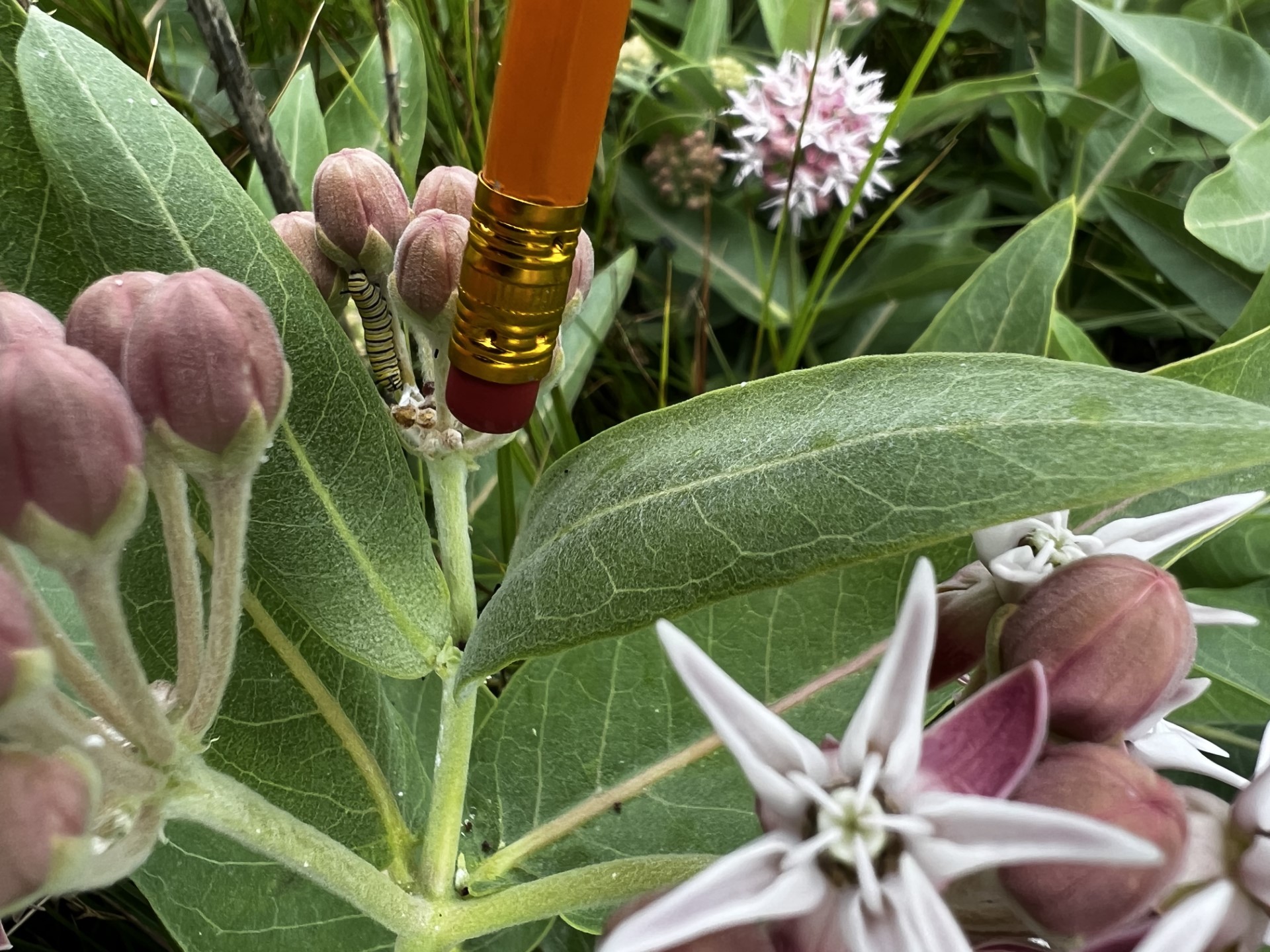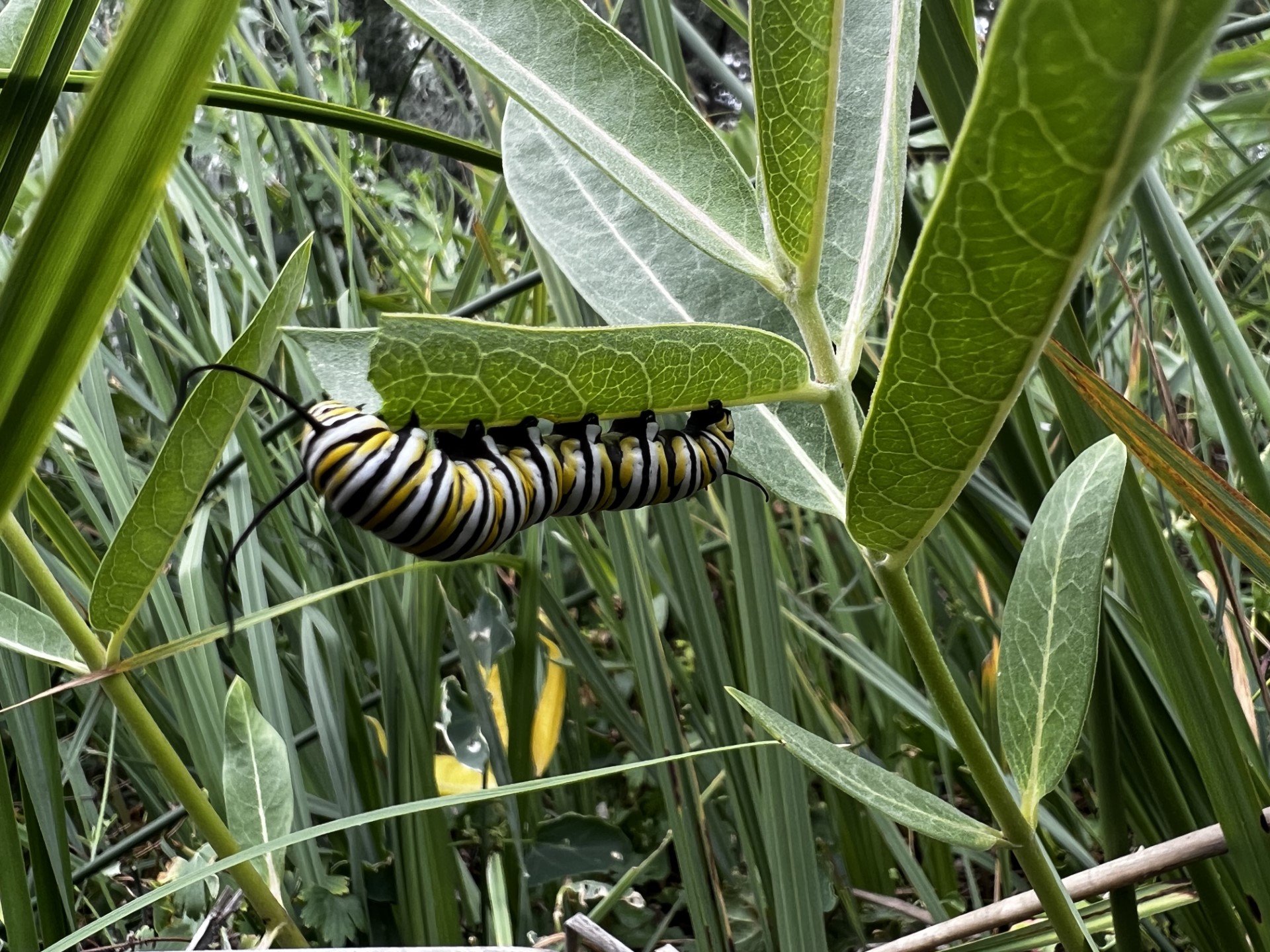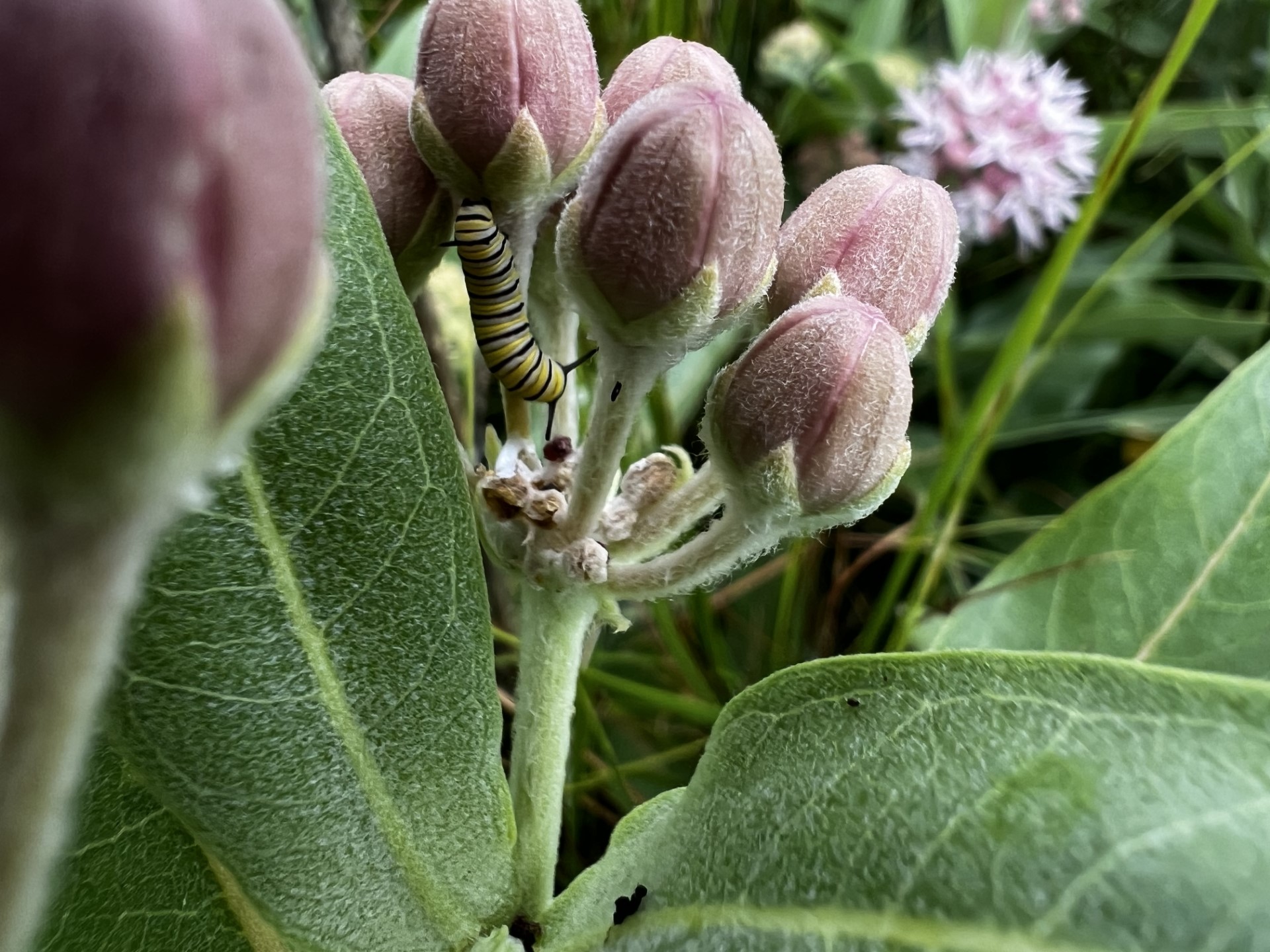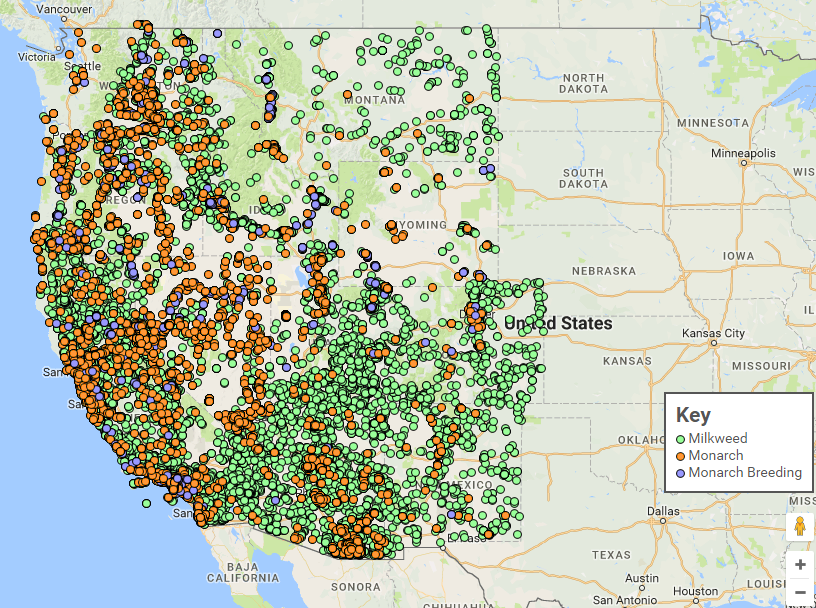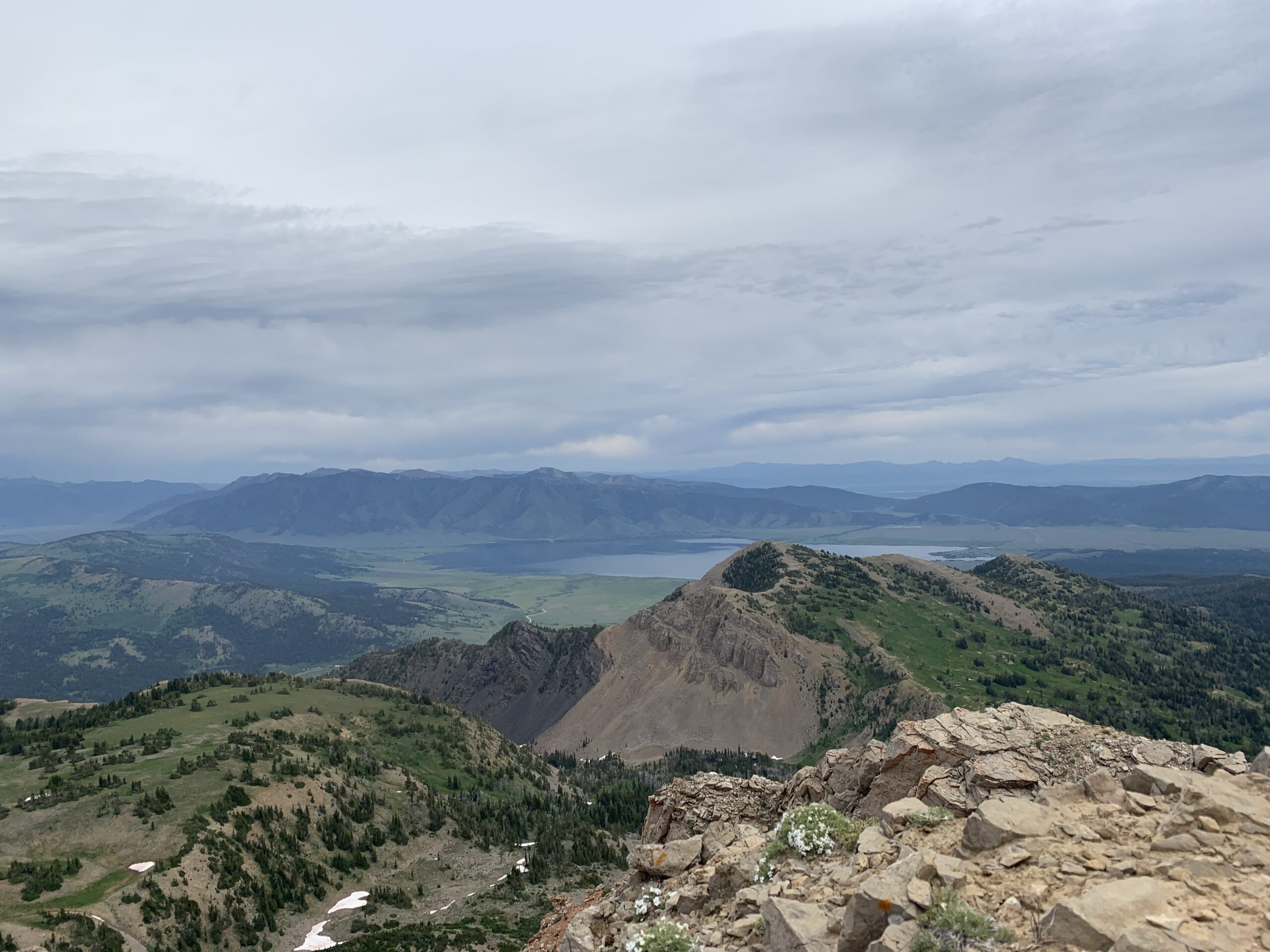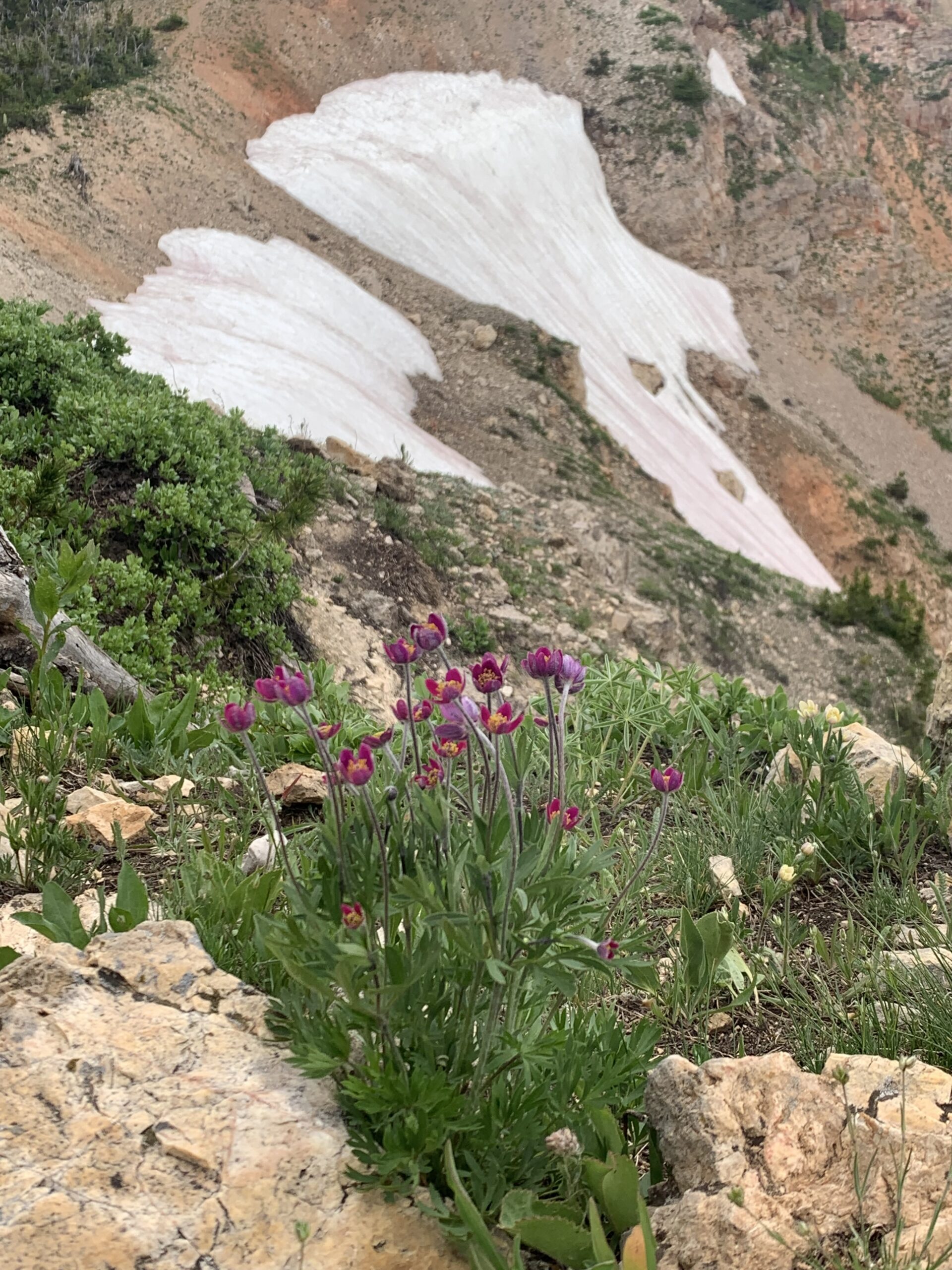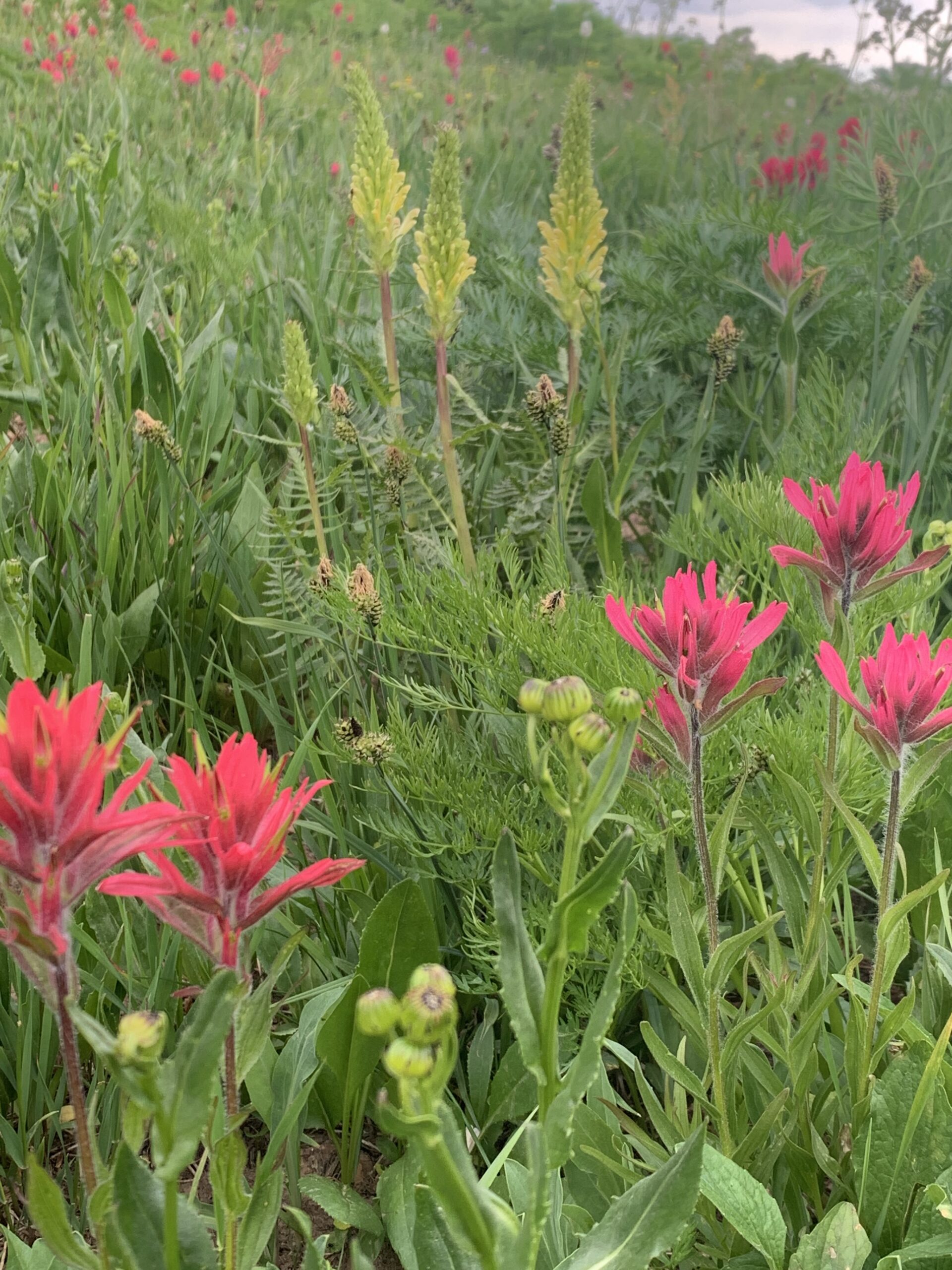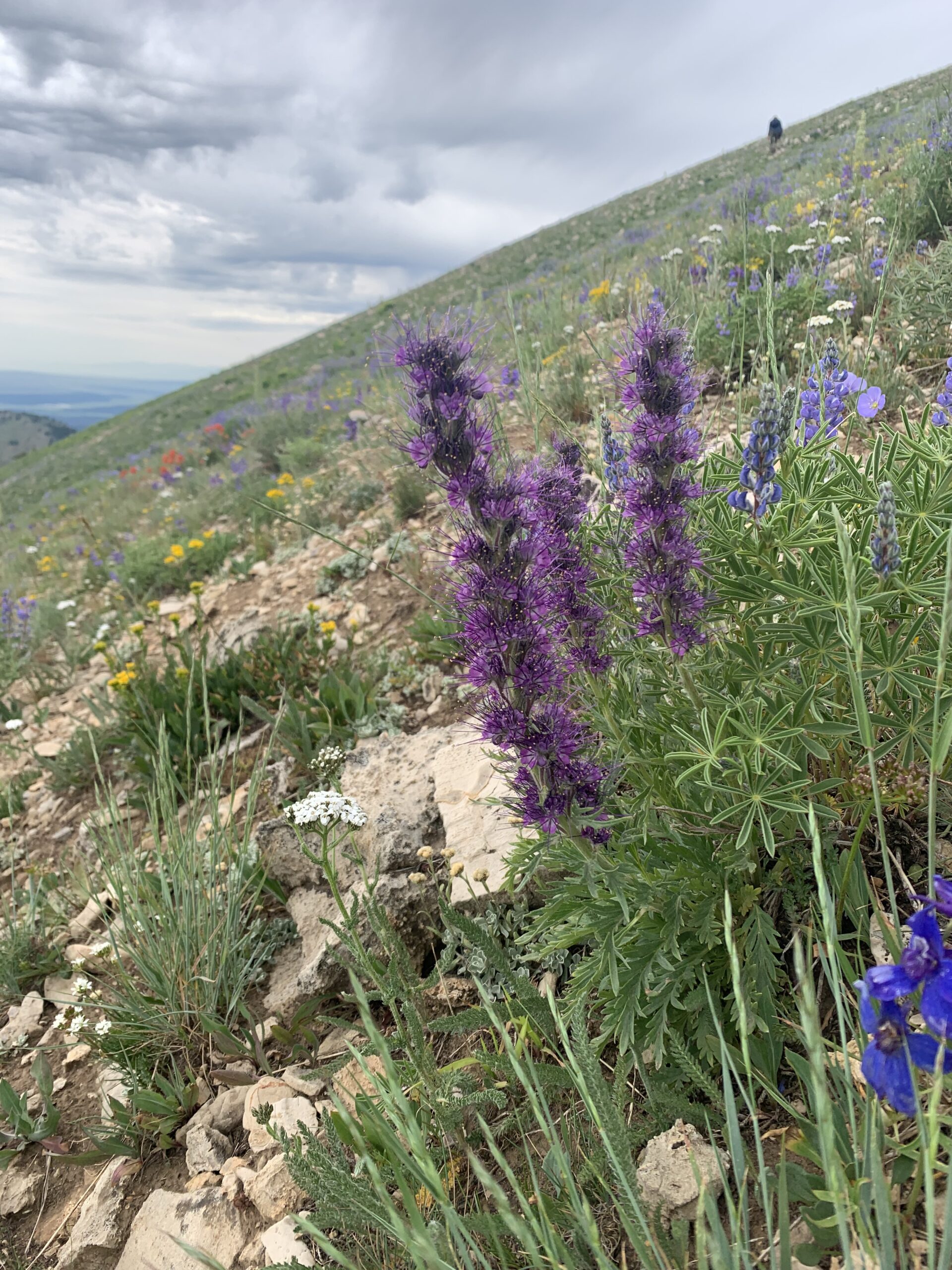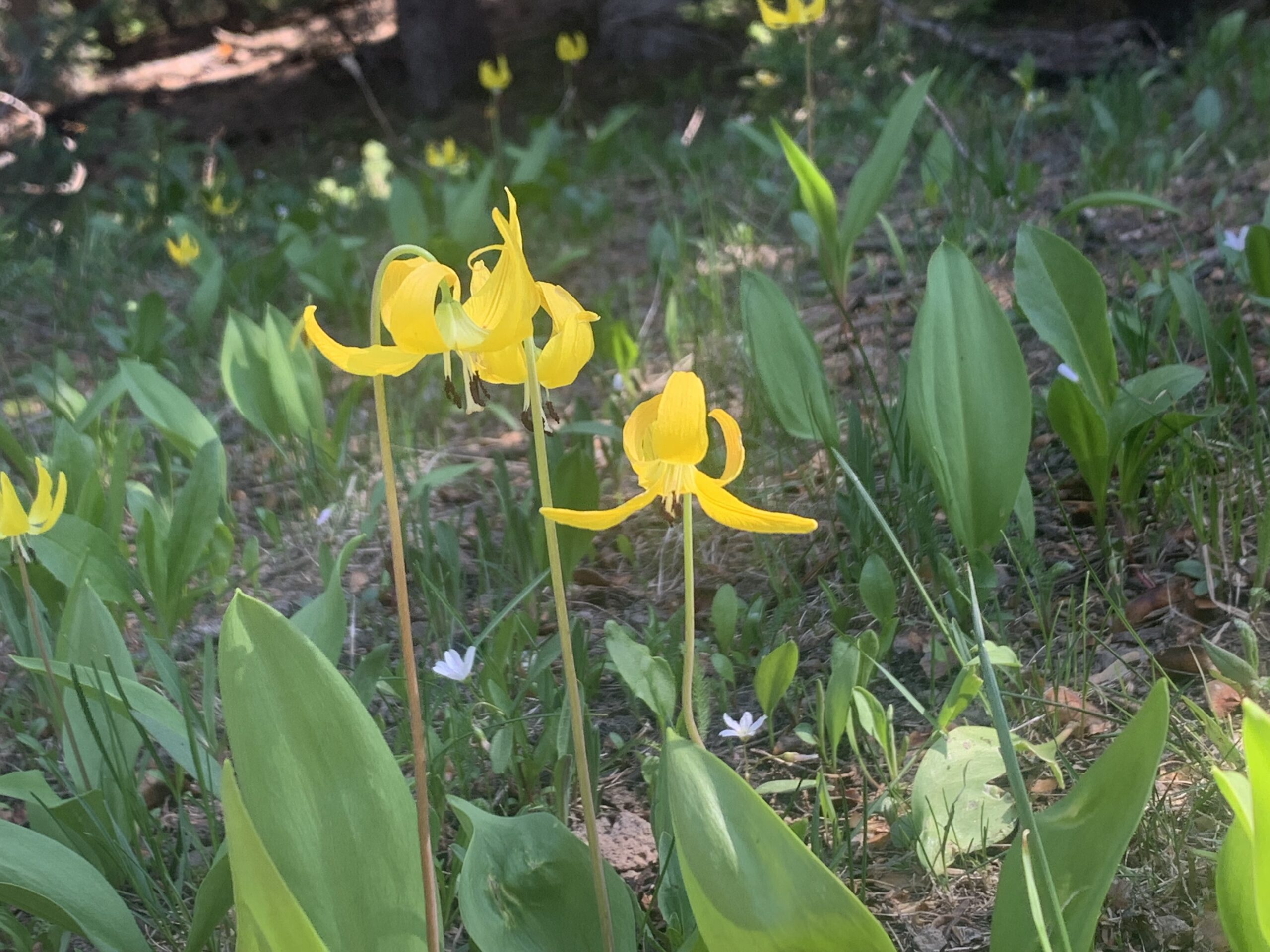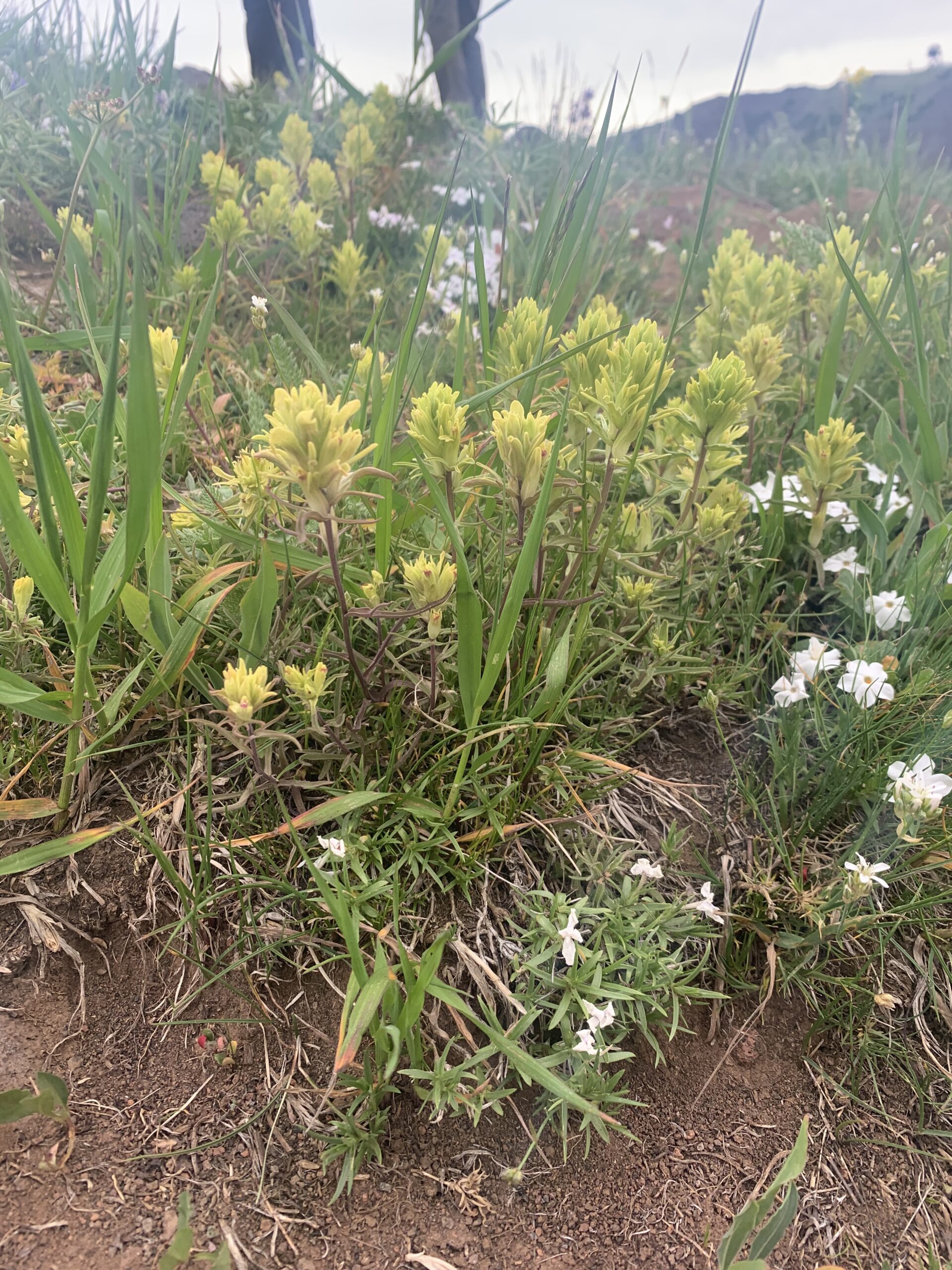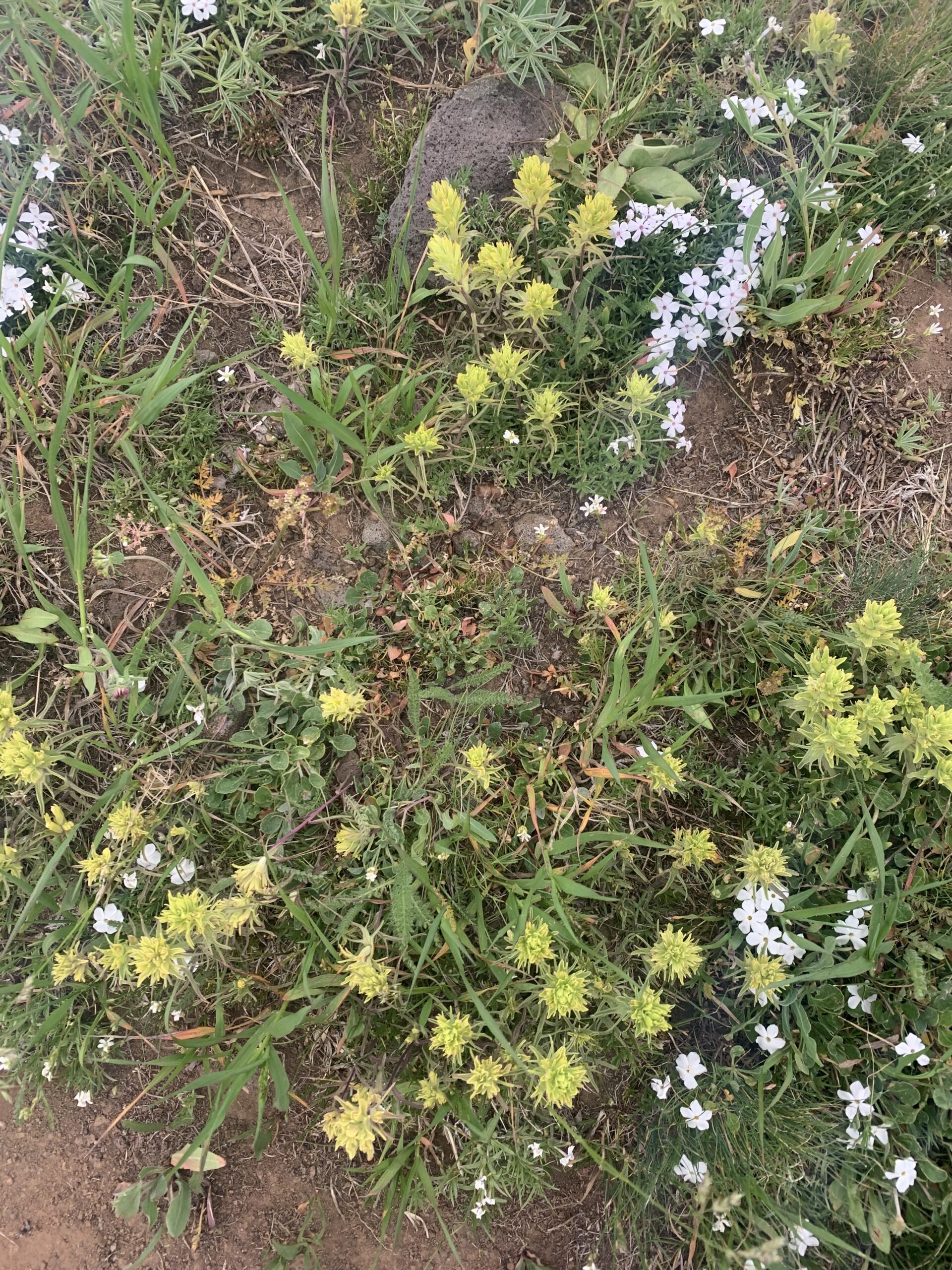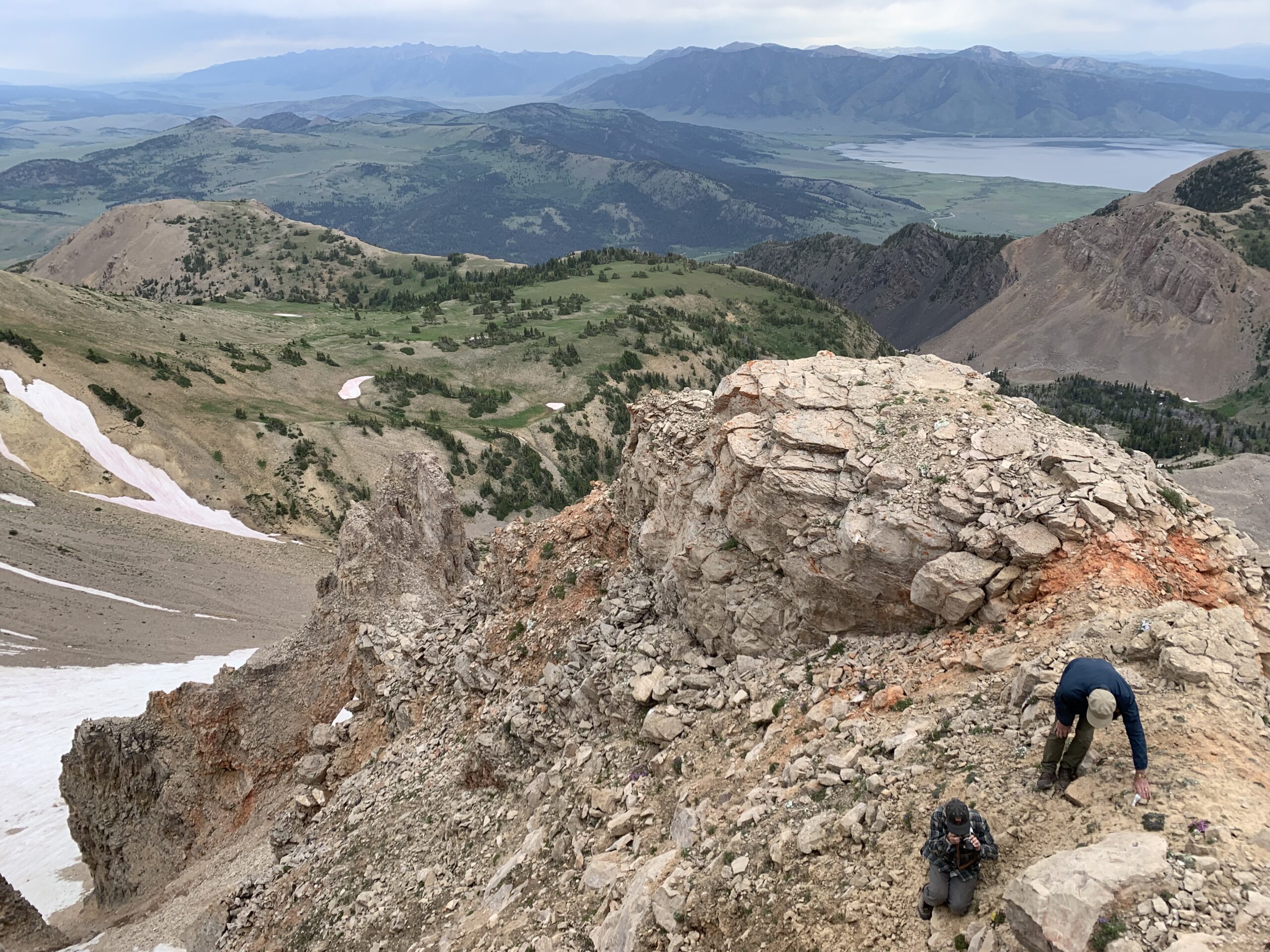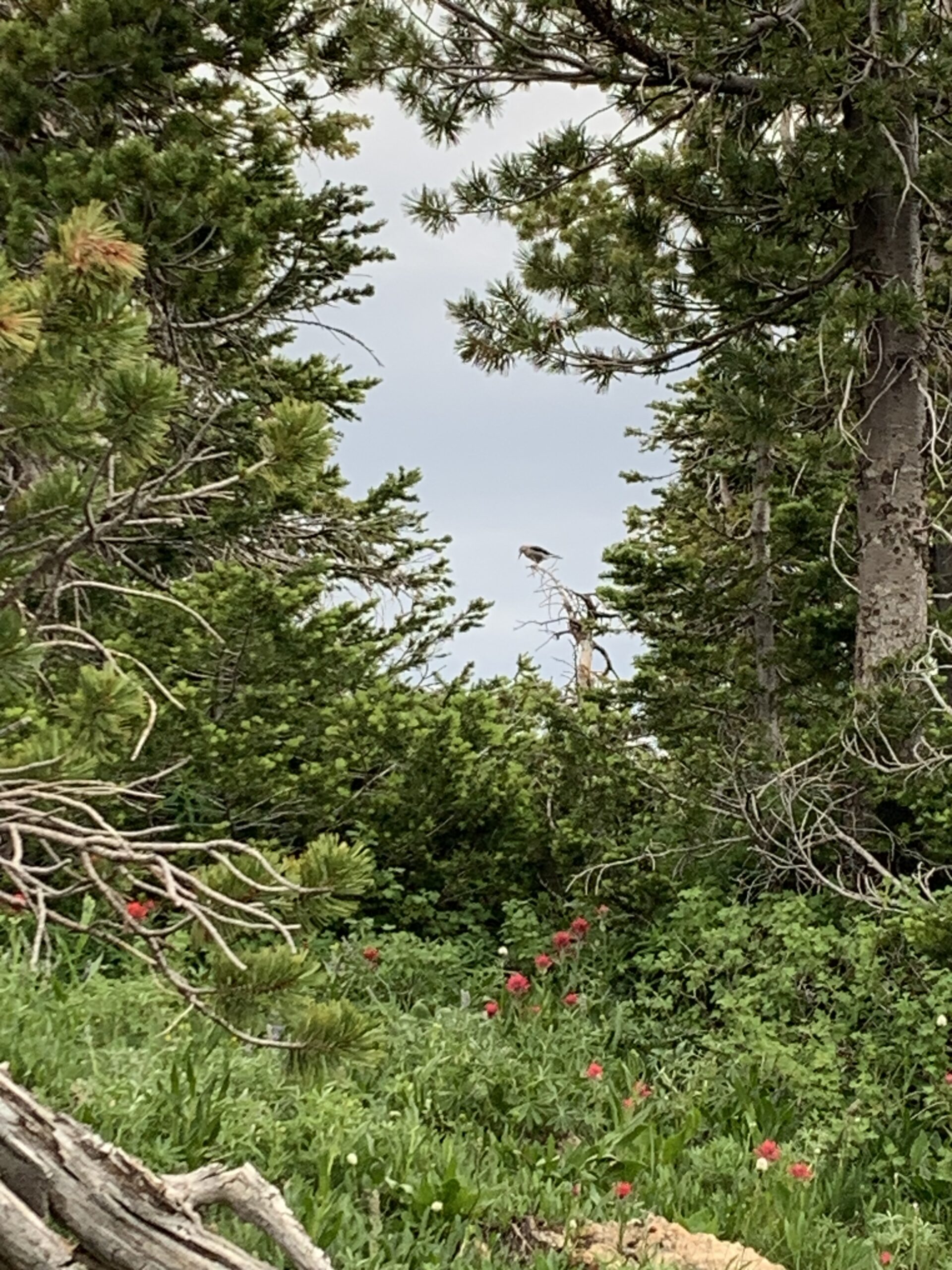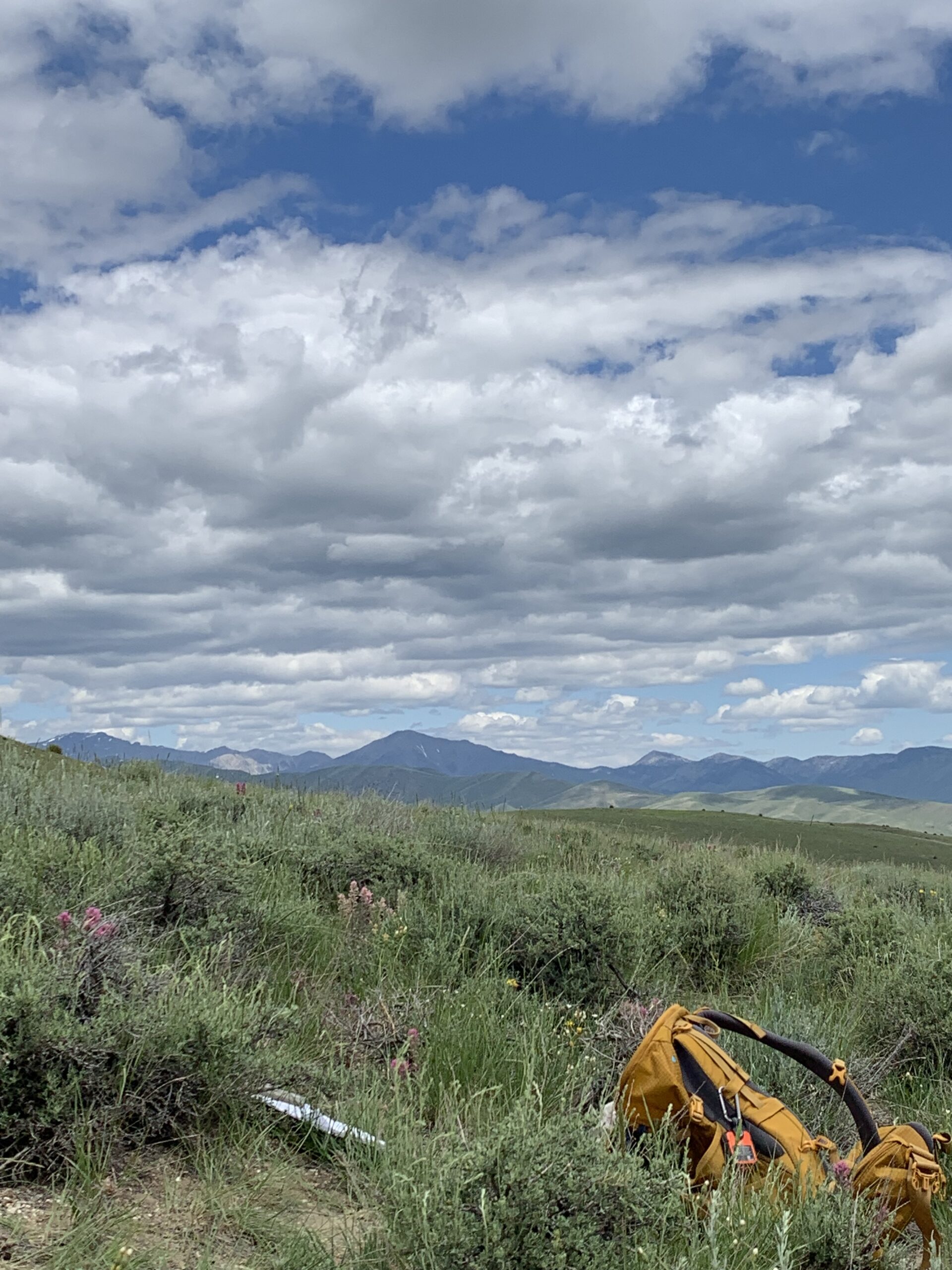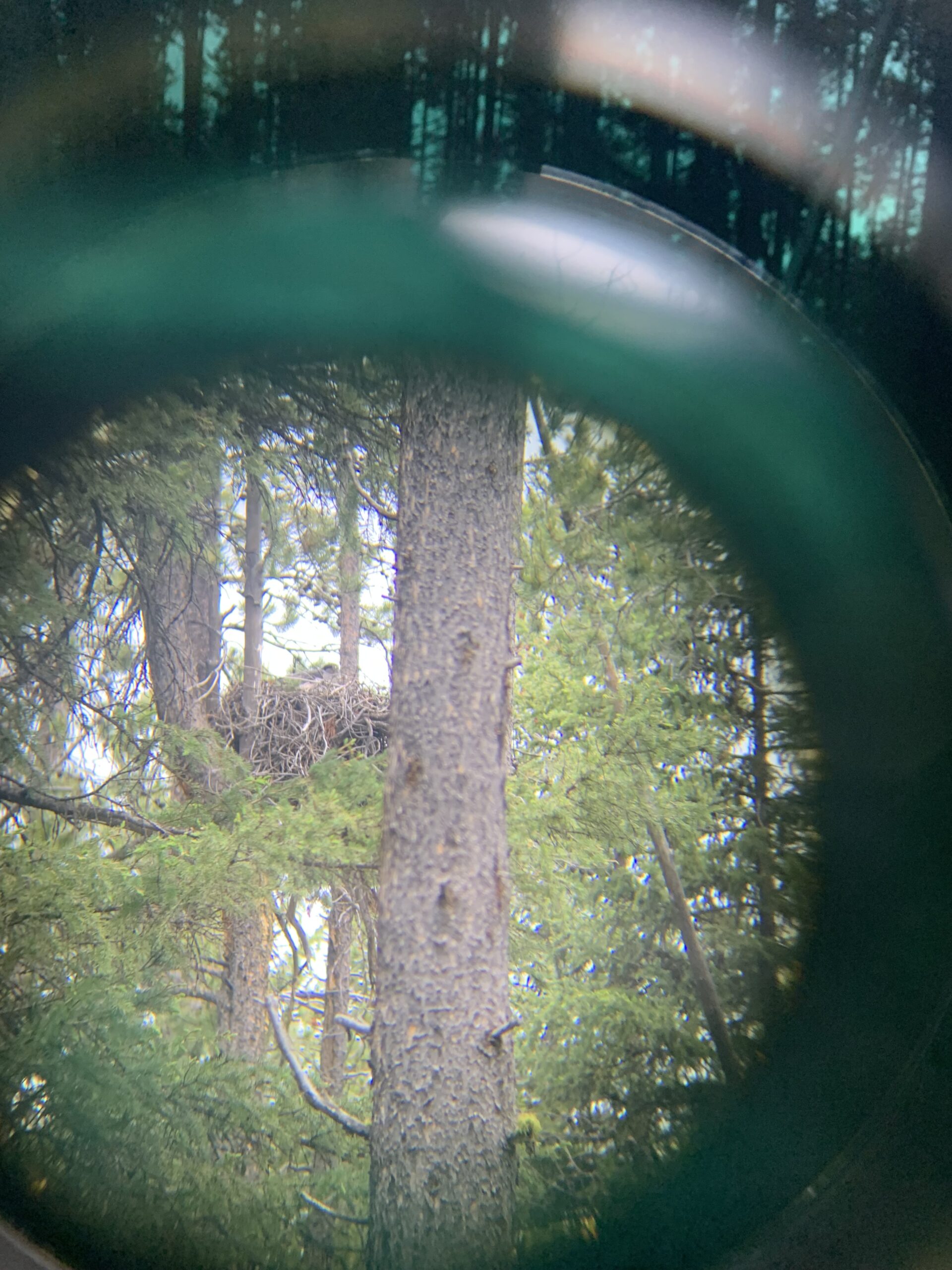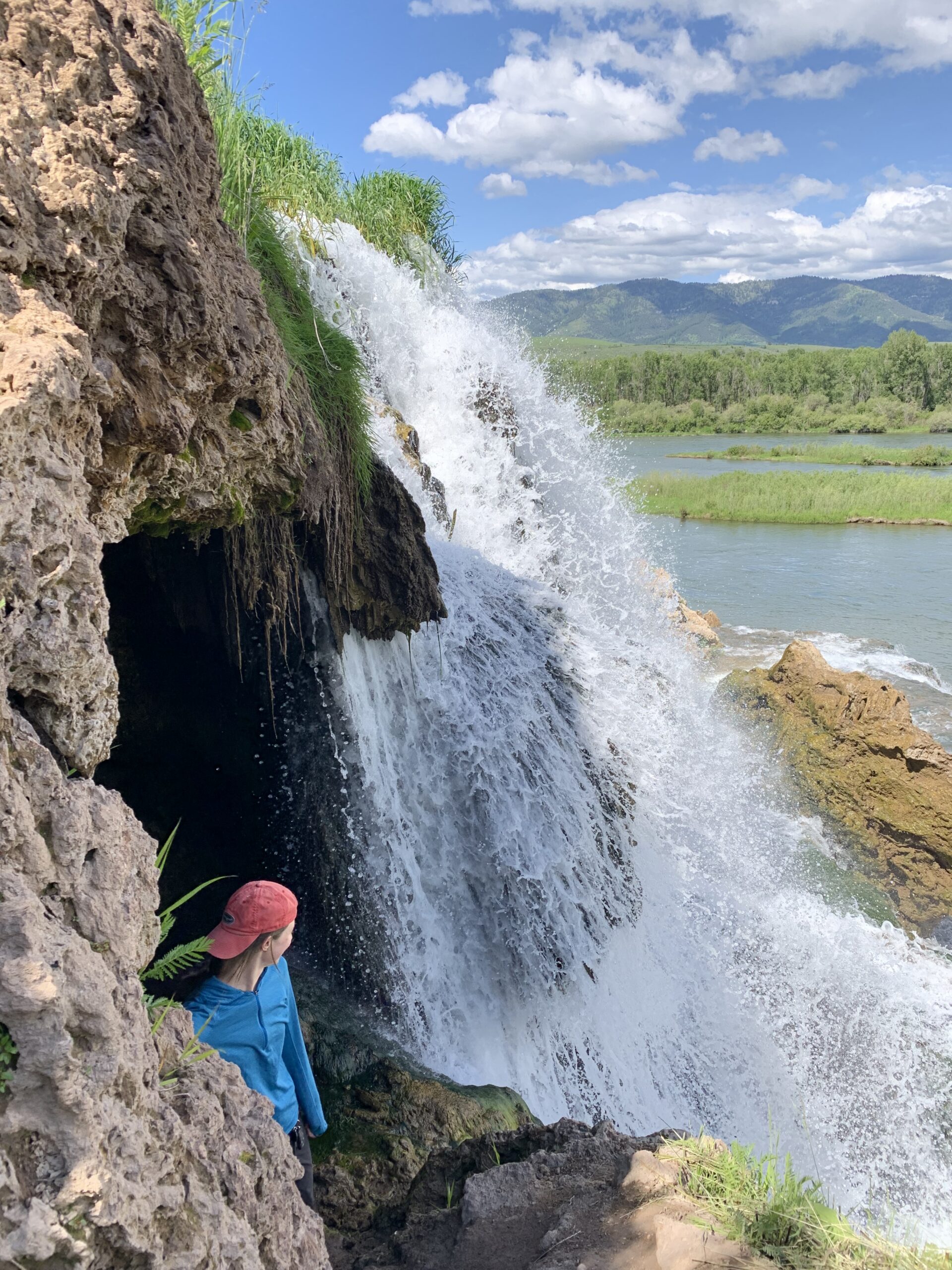contemplating the future of america’s youth….
Recently, Alex and I spent a week teaching fourth graders about botany. We experienced a variety of responses from said fourth graders, including excitement about the prospect of playing games, endless questions about seed formation, and even the occasional mid-lesson nap. The one question that has stuck with me past our week of serving as teachers came from a student on our last day. In the middle of hearing about leaf arrangements and divisions, he stuck his hand up and asked: “Why do we need to learn about plants?”
This question may have been typical fourth grade sass coming from a kid who would rather have been on his school sanctioned tablet than walking around on a beautiful September morning. But long after the school groups had left for the day, I found myself still wondering about the answer. Why do we need to learn about plants? These students are growing up in a world that spends most of its time inside, looking at a screen. Why should they value learning about leaf arrangement or how pollination works?
While thinking about these questions (and, admittedly, procrastinating writing this blog post) I fell down a rabbit hole of research on topics like plant blindness, botanical education, and the status of nature connectedness in kids today. I found countless studies attesting to the growing lack of knowledge about native plants- students of all ages are unable to identify native plants or even accurately describe what plants need to grow. One study showed that of a thousand kids (aged five to sixteen), 82% failed to recognize an oak leaf. Even more studies attested to the fact that kids are spending less time outside than ever before (worth noting here that race and income both have disparate effects on availability of green spaces) The disconnect between kids all over the world and their environment can feel startling at times.
But back to the question at hand- why does it matter? Maybe it doesn’t. At least, maybe it doesn’t matter if someone can tell you the name of a plant, or what kind of inflorescence it hosts. In the same way that I really don’t want to understand how wifi actually works, maybe it’s okay for that kid to not want to understand how trees store carbon. What does matter, however, is that we don’t lose our connection with our local environment. At the end of the day, conservation is motivated more by emotional connection than anything else. Equitable availability of environmental programming nurtures a mindset of ecological awareness and conservation with impacts far beyond plant identification. When we understand our environment, and our place within it, we can better communicate the needs of our local ecosystems and help combat environmental issues on a small scale. As we face loss of biodiversity from climate change and habitat loss, the effort we put into conservation will have to be greater than ever, and so our connection with nature and motivation to work towards preservation will have to be greater than ever. No pressure, right!
As I face the final day of this internship and consider the future of my career, I’m left wondering how much of an impact one person can make on the conservation of our environmental systems. On one hand, it feels daunting (there are so many problems everywhere all the time!). On the other hand, I spent all day yesterday reseeding disturbed areas on the Caribou-Targhee- those areas are now less susceptible to the spread of invasive plants and will better support native pollinators and be more resilient to climate change. Because of the efforts of Alex and I this summer, there will be a greater stock of native plant material available, helping maintain the diversity of native forbs on public lands in Southeastern Idaho. It may not be stopping global climate change, but it feels like something to be proud of.
Anyway, to anyone who got through this final blog post, good luck with whatever comes next!
-az
ps- if you’re interested in reading further about ecological knowledge/nature connection/environmental education, here are some good articles:
- Childhood Development and Access to Nature – PMC (nih.gov)
- Who knows, who cares? Untangling ecological knowledge and nature connection among Amazonian colonist farmers – Mikołajczak – 2021 – People and Nature – Wiley Online Library
- Full article: Measuring Students’ Plant Awareness: A Prerequisite for Effective Botany Education (tandfonline.com)
- Why ‘plant blindness’ matters — and what you can do about it – BBC Future
- Global trends of local ecological knowledge and future implications – PMC (nih.gov)

